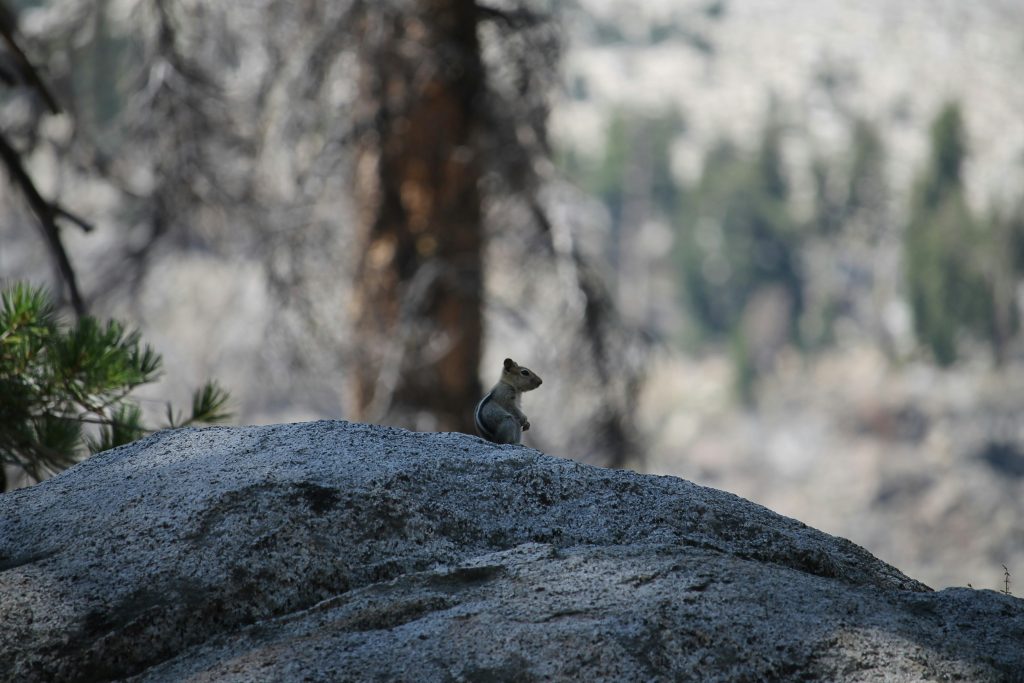Ticking Closer to the Abyss: Humanity’s Existential Countdown Intensifies
The world teeters on a precarious edge, and the symbolic Doomsday Clock, a stark visual representation of humanity’s proximity to self-inflicted annihilation, has just ticked one second closer to midnight. This year’s shift, setting the clock at an unprecedented 89 seconds to midnight, is a grim reminder of the confluence of escalating global threats that threaten our very existence.
For nearly eight decades, the Bulletin of the Atomic Scientists, a collective of esteemed experts and Nobel laureates, has maintained this stark metaphor. The clock’s position isn’t about predicting the future; it serves as a critical warning system, highlighting the growing dangers we face from our own actions. Each adjustment, each second gained or lost, reflects the shifting landscape of global risk. The recent movement, however, carries with it a particular urgency.
## A Perfect Storm of Global Instability
The decision to move the clock closer to midnight isn’t based on a single isolated incident, but rather on a potent cocktail of destabilizing factors that have been brewing for years. The most glaring of these is the looming shadow of nuclear conflict. Russia’s aggression in Ukraine has rekindled fears of nuclear escalation, shattering the fragile peace that has held since the end of the Cold War. Bellicose rhetoric from various sides, coupled with a breakdown in arms control treaties, has raised the specter of nuclear war to heights not seen in generations.
But the threat of nuclear annihilation is not the only concern. Climate change, once considered a long-term problem, is now manifesting as a present and increasingly destructive force. We are witnessing extreme weather events with increasing frequency and intensity, from raging wildfires and devastating floods to prolonged droughts and rising sea levels. These environmental upheavals threaten food security, displace communities, and further strain already fragile social systems.
Beyond these cataclysmic dangers, a third, and increasingly concerning threat is emerging: the reckless and unregulated advancement of artificial intelligence (AI). While AI holds immense potential for progress, its misuse and unchecked deployment pose a range of existential risks, including the potential for autonomous weapons systems and the creation of misinformation and propaganda campaigns that could further destabilize democratic institutions. The unchecked advancement of AI with limited safeguards is adding another layer of complexity to an already precarious situation. The scientists behind the Doomsday Clock have expressed growing concern about the absence of safety protocols in AI development and the potential it holds for widespread misuse.
##### The Clock’s Evolution: From Atomic Threat to Multifaceted Dangers
The Doomsday Clock’s history reflects the changing nature of global threats. Initially conceived during the dawn of the atomic age, it was primarily a measure of nuclear risk. But over time, the clock has expanded its scope to encompass a broader range of threats, including climate change, biological weapons, and now, AI. This evolution demonstrates that the existential dangers facing humanity are not singular but complex and interconnected.
The Doomsday Clock isn’t merely a symbolic gesture, it serves as a powerful call to action, a reminder that humanity’s fate is not predetermined. The current positioning, with the clock at its closest point to midnight, is a clarion call for leaders and citizens alike to recognize the urgency of the situation. The clock’s shift is a forceful statement, urging a shift in global priorities and collective effort. It’s a stark demand for immediate and concerted action. It’s a call for increased diplomacy, a renewed commitment to addressing climate change, and the development of ethical guidelines for the responsible innovation of Artificial Intelligence.
The decision to move the clock forward isn’t an attempt to evoke fear and despair. It is, instead, a call to awareness and a demand for a proactive engagement to secure a safer future for all. We must strive to reverse the trend towards self-destruction and work collectively to wind the clock back, far from midnight. The time for complacency is over. The time for action is now.
Tags: AI Ethics, Artificial Intelligence, atomic scientists, Climate Change, doomsday clock, Environmental Crisis, existential threats, global risks, nuclear proliferation, nuclear threat
California’s Burning Future: Economic Fallout and the Fight for Resilience
## California’s Burning Future: Economic Fallout and the Fight for Resilience
The devastating wildfires that continue to plague California are not just environmental catastrophes; they represent a profound and escalating economic crisis. The staggering costs of firefighting, property damage, and the disruption to key industries are placing immense strain on the state’s budget and economy, raising serious questions about long-term sustainability and the future of California’s iconic landscapes.
##### The Economic Scars of Wildfire
The immediate impact is stark. Billions of dollars are spent annually on battling wildfires, diverting resources from other crucial areas like education and healthcare. Beyond the direct firefighting costs, the destruction of homes, businesses, and infrastructure results in massive economic losses. The tourism industry, a vital pillar of the California economy, suffers immensely as wildfires disrupt travel, damage attractions, and create hazardous air conditions. Agricultural lands, essential to the state’s food production, are also frequently ravaged, leading to crop failures and impacting food security.
The long-term effects are even more troubling. The recurring nature of these devastating fires creates an unpredictable and volatile investment climate, deterring businesses from investing and hindering economic growth. Insurance premiums skyrocket, making homeownership and business operations increasingly expensive, particularly in high-risk areas. The emotional toll on communities, coupled with the displacement of residents, further contributes to the overall economic burden.
##### Beyond the Flames: A Call for Systemic Change
Addressing this complex challenge requires a multifaceted approach that transcends firefighting alone. Investing in proactive measures to enhance forest management and reduce wildfire risk is paramount. This includes controlled burns, forest thinning, and the creation of firebreaks. Technological advancements in wildfire detection and prediction are crucial for enabling swift and effective responses. Strengthening building codes and promoting fire-resistant construction techniques in high-risk areas can minimize property damage and protect lives.
Furthermore, fostering community resilience through improved emergency planning and evacuation procedures is essential. Educating residents about wildfire safety and preparedness is just as crucial as the physical infrastructure improvements. This includes providing support for those affected by wildfires, helping them rebuild their lives and businesses.
##### A Looming Threat to the Golden State
California’s wildfire crisis is not simply an issue of the present; it is a harbinger of a future shaped by climate change. As temperatures rise and droughts become more frequent and intense, the risk of larger, more devastating wildfires will only increase. This poses a significant threat to California’s long-term economic prosperity and the well-being of its citizens.
Addressing this challenge requires a collaborative effort involving government agencies, private businesses, communities, and individuals. It demands a shift towards a more proactive, preventative approach that invests in long-term solutions, promotes sustainable land management practices, and fosters greater resilience in the face of increasingly frequent and severe wildfires.
The future of California’s economy, its environment, and the lives of its residents hinges on our ability to confront this crisis head-on and build a more sustainable and fire-resilient future.
Tags: California Economy, California Wildfires, Climate Change, Disaster Relief, economic impact, Environmental Crisis, forest management, Insurance, Resilience, wildfire prevention


